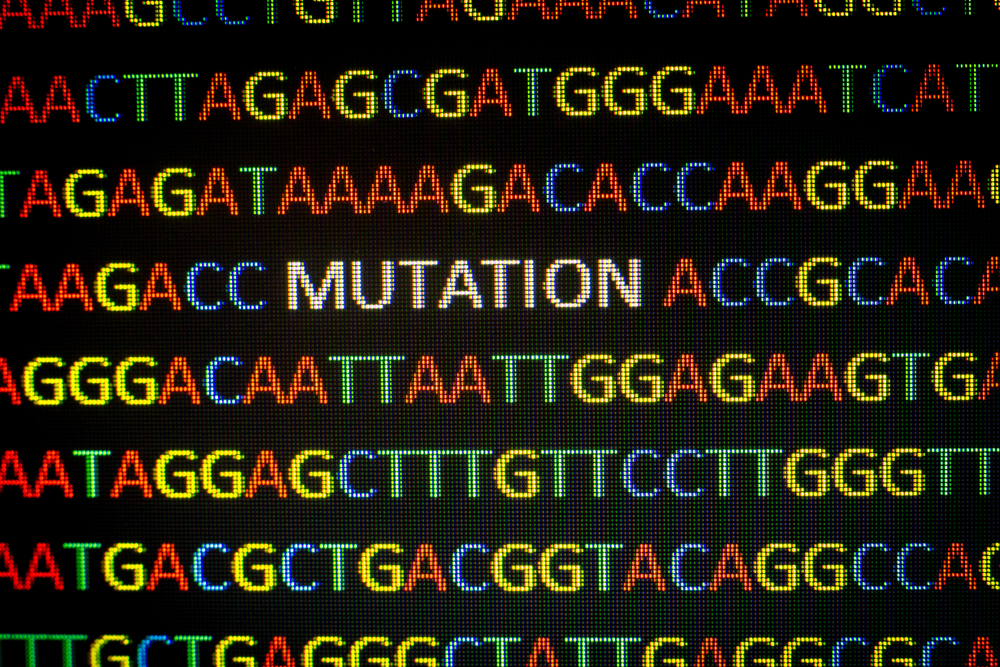Researchers Identify New Congenital Muscular Dystrophy
by |

Researchers suggest a mutation in the INPP5K gene caused a new type of congenital muscular dystrophy. Individuals affected by the unique mutation also have a short stature, intellectual disabilities, and cataracts.
The study, “Mutations in INPP5K Cause a Form of Congenital Muscular Dystrophy Overlapping Marinesco-Sjögren Syndrome and Dystroglycanopathy,” was a collaboration between researchers at St George’s University of London in England and George Washington University in Washington, D.C. The report was published in the American Journal of Human Genetics.
The findings were based on extensive examinations of five individuals from four families, in which the muscle weakness was linked to a reduction in dystroglycan glycosylation — a process that is linked to a group of conditions known as dystroglycanopathies.
Like the five children in the study, those with dystroglycanopathies have muscle dystrophy, eye problems and an abnormal brain development. The newly identified muscle dystrophy also shares features with Marinesco-Sjögren syndrome, another muscle weakness disorder with similar features.
But compared to the children with the mutation in the INPP5K gene, Marinesco-Sjögren syndrome and dystroglycanopathies can be caused by numerous different genes. The fact that a unique mutation in this gene was identified in the affected individuals of each family led researchers to believe this is indeed a new type of congenital muscular dystrophy.
While the identification of the INPP5K gene and its link to the muscle dystrophy will not immediately impact the lives of the five children, the findings may pave the way for research into targeted treatments for the condition.
On a shorter time scale, a correct genetic diagnosis allows affected families to receive proper genetic counseling.
“The average pediatrician may only see one child with a rare disorder in his or her entire career. Even working with a team of specialists, it can sometimes take years for a child to be diagnosed with a specific rare disease,” Chiara Manzini, PhD, one of two senior authors of the study, said in a press release. “With a correct diagnosis, families have access to the best care and what to expect as far as the progression of the disease.”
“From a research standpoint, we can develop new, targeted therapies to help these patients,” added Manzini, an assistant professor at George Washington Institute for Neuroscience and in pharmacology and physiology at the George Washington School of Medicine and Health Sciences.
Most genes that cause congenital muscular dystrophy code for proteins that keep muscle fibers attached and communicating with each other. INPP5K has entirely different functions. The protein is present inside cells, and is involved in cell signaling and in shuttling proteins to different cell locations.
“Now that we’ve identified the genetic mutation, we want to know why the disruption in the gene causes this disorder,” Manzini said. “The unique mechanism of this gene could help us develop therapies we have not thought about before, and may move research in a different direction.”







